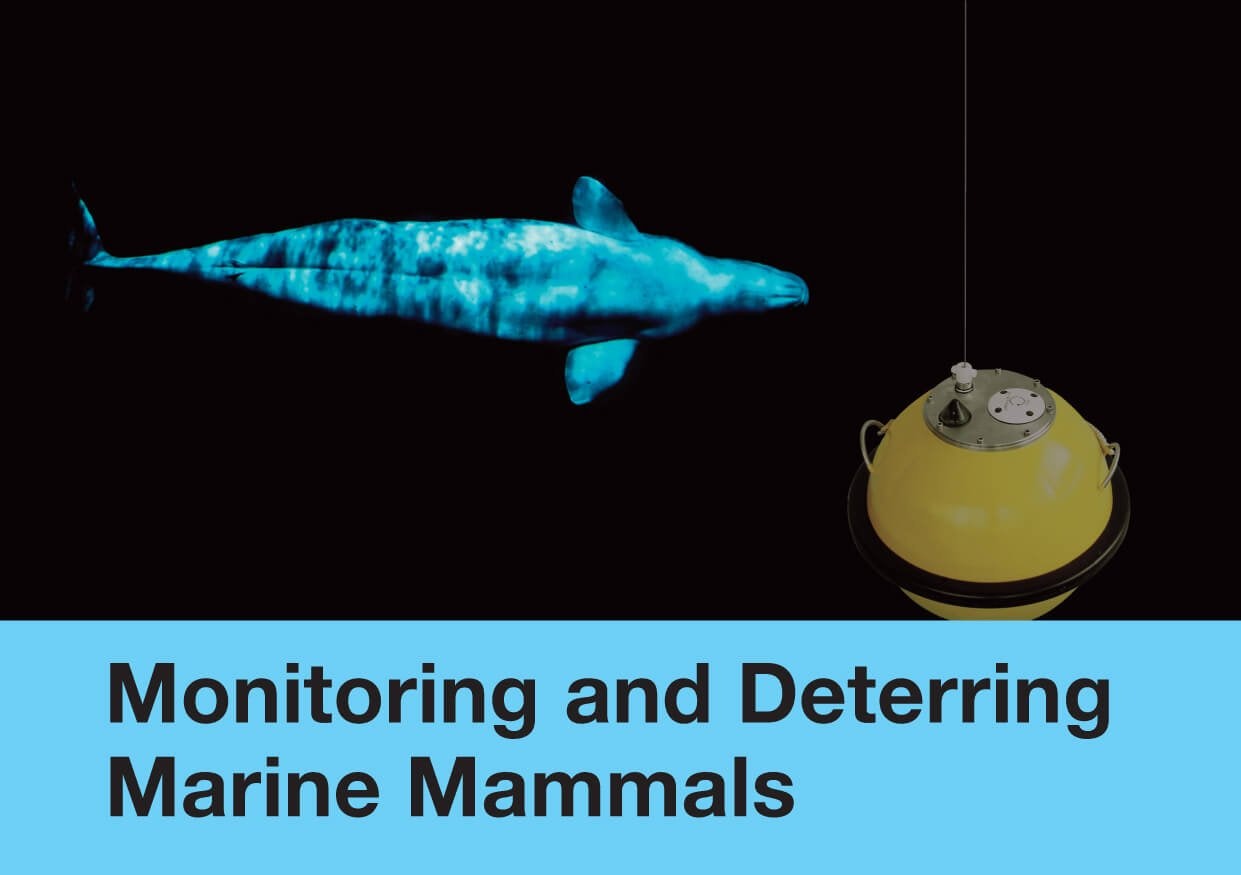Monitoring and Deterring Marine Mammals
The Thames has an unfortunate history with disorientated or stranded marine mammals travelling upstream. Most recently, the unexpected sightings of a Beluga Whale has refuelled media discussions about technological solutions capable of monitoring and even deterring larger marine mammals from travelling into shallow waters or dangerous shipping lanes.
IoT enabled systems are already in use to monitor waves in areas at risk of flooding. WaveNet collects and processes data from the Cefas-operated Datawell Directional Waverider buoys strategically positioned on the UK coast. The real-time wave data provides the Met office and local authorities with tidal surge models. Access to this data can lead to early flood warnings and help emergency response teams better prepare for the scale of flooding. With so much infrastructure already in place, retrofitting technologies capable of reducing human impact on environments and its inhabitants is a particularly exciting prospect.
Surprisingly, IoT sensors already have a history with Beluga Whales. In Alaska, Aridea solutions mounted sensors to buoys, but rather than measuring wave characteristics, they collected data on the impact of a natural gas leak to determine whether the habitat or food source of the endangered Beluga Whales was at risk. The data collected provided a valuable resource area for measuring the environmental impact of the leak until repairs were completed.
As a conservation tool, buoy-mounted IoT systems will continue to find zoological applications. Similarly to the Beluga Whale, the North Atlantic Right Whales are endangered and face the risk of collisions as busy shipping lanes overlap with their migratory routes. Cornell University and Woods Hole Oceanographic Institution (WHOI) have developed a technological solution to avoid collisions between whales and ships. Automatic-detection buoys are fitted with a hydrophone submerged at 60-120ft, through which real-time passive acoustic sensors listen and record sound profiles across a range of depths. The computers on the buoys can autonomously detect a whale call, transmit the data to shore for validation, and provide nearby vessels with advanced warnings to reduce speeds.
A less passive intervention is the use of ‘pinger signals’ transmitting sounds underwater to deter marine mammals from approaching fisheries. The technique has proven successful, however, environmentalists and conservationists worry about the long-term implications; species could associate the sound with the promise of food or the sound could be damaging or disruptive.
IoT technology is proving extremely useful at the cutting edge of environmental studies, providing previously unobtainable insights to marine vulnerabilities and human impact. Especially exciting, is the potential for IoT frameworks to not only help us understand these threats, but simultaneously provision the tool chest for mitigating them.
Many could argue that the concerns of whales venturing too far up the Thames, or colliding with ships, might be trivial in the broader discussion of human threat to marine ecosystems. Perhaps, it is not too optimistic to believe that the technological solutions developed to solve more confined or limited issues will pave the way for much more ambitious and defining projects with the potential to help balance the equation.
